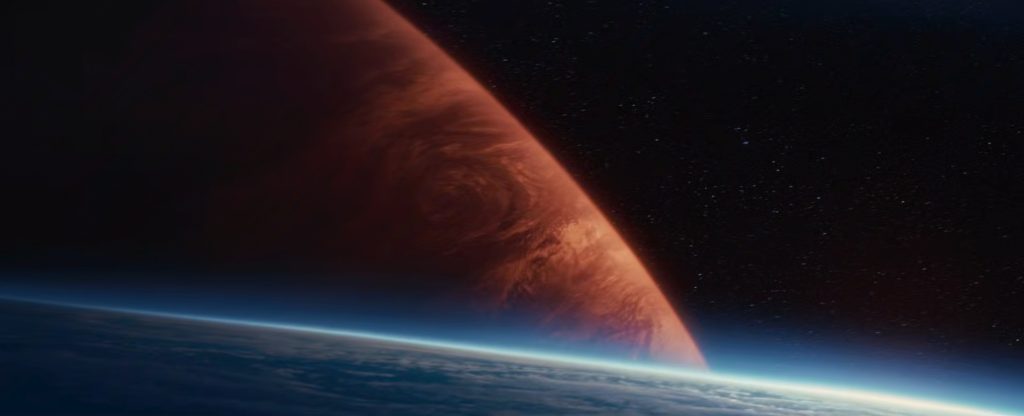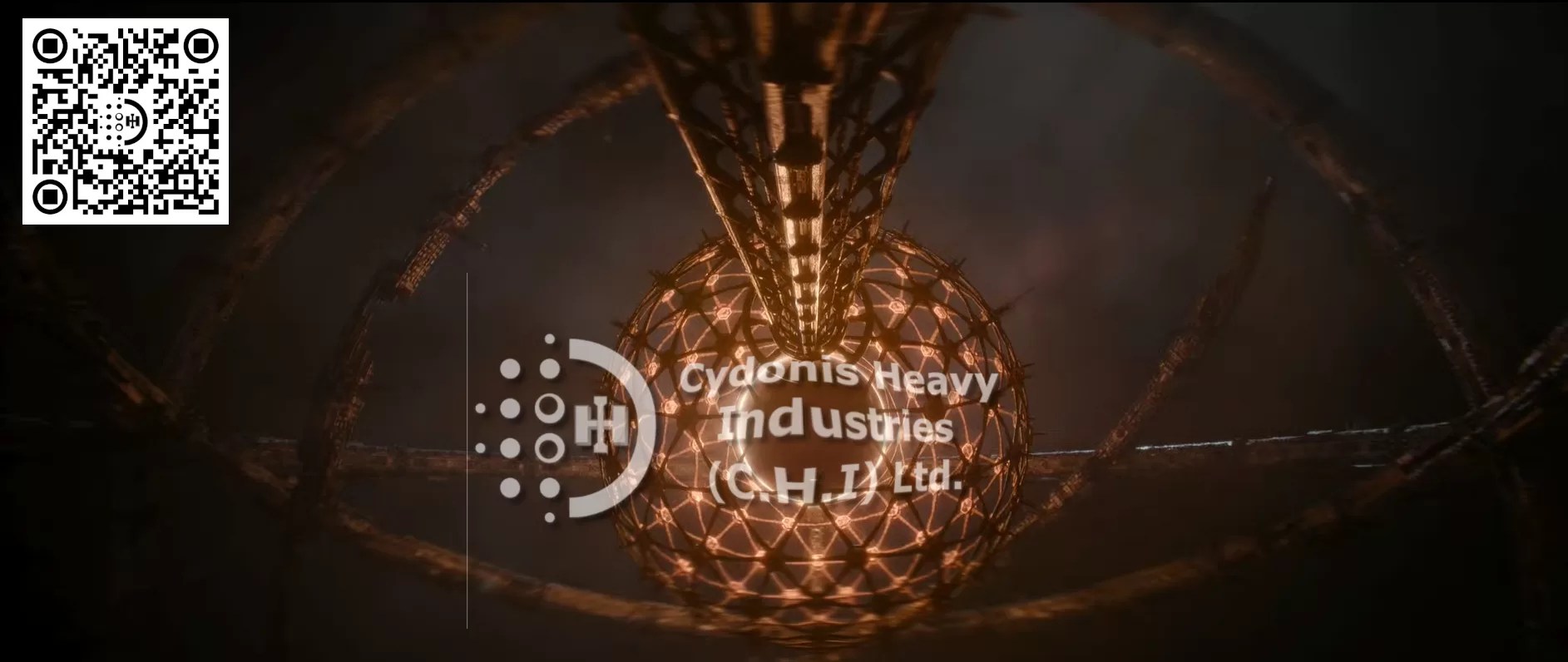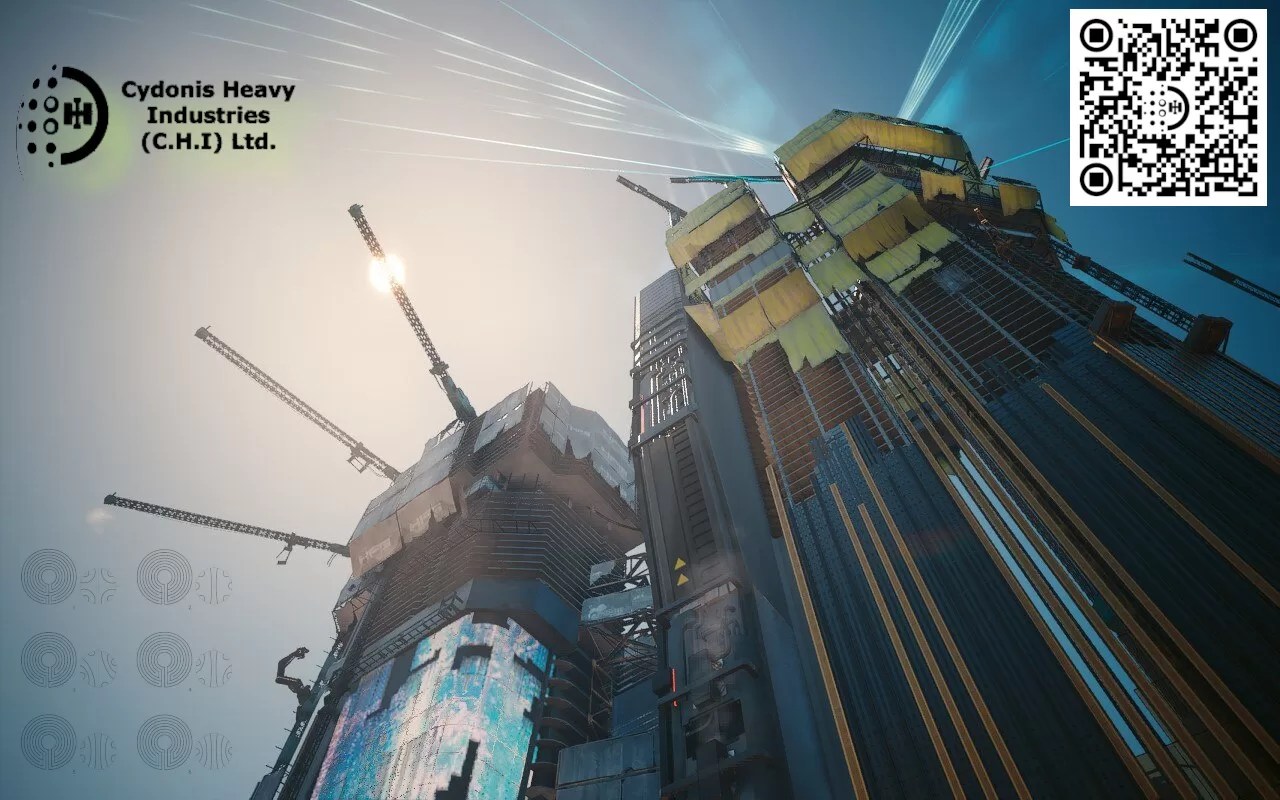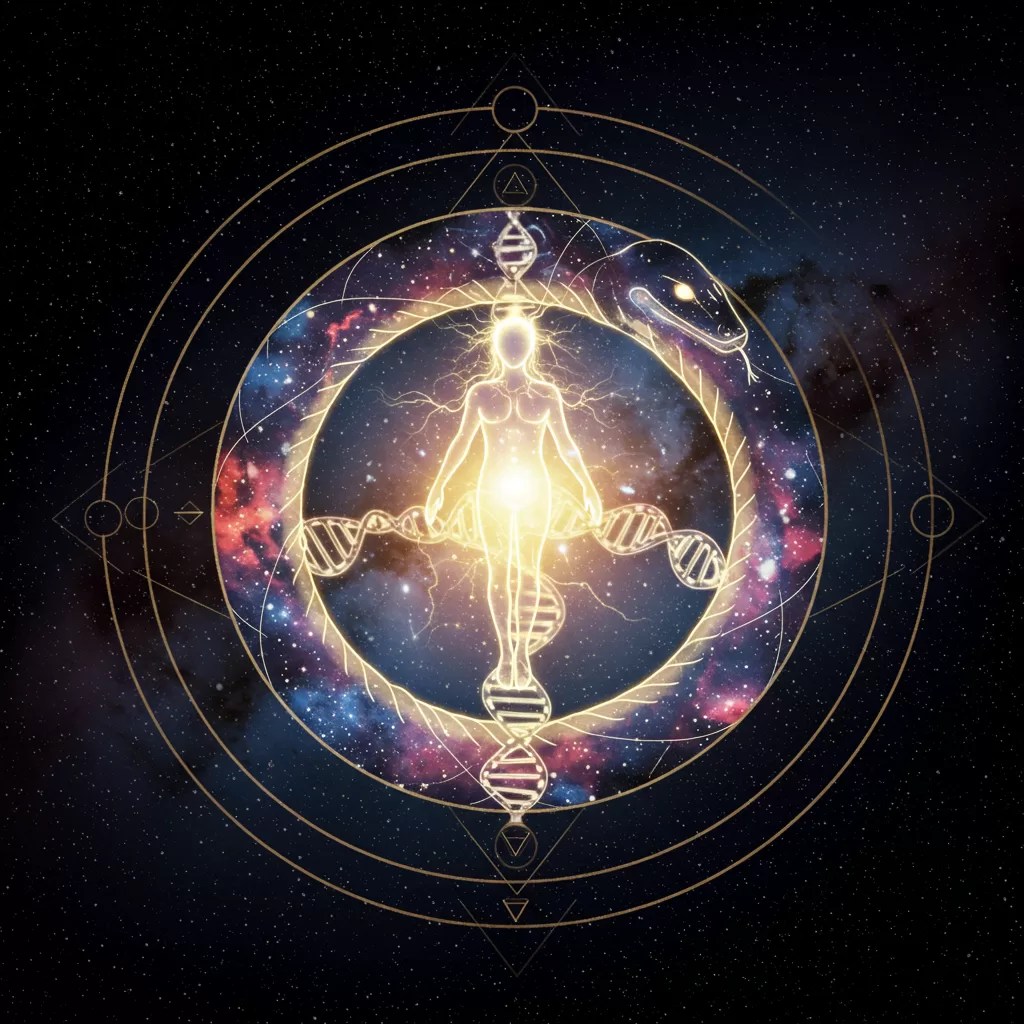



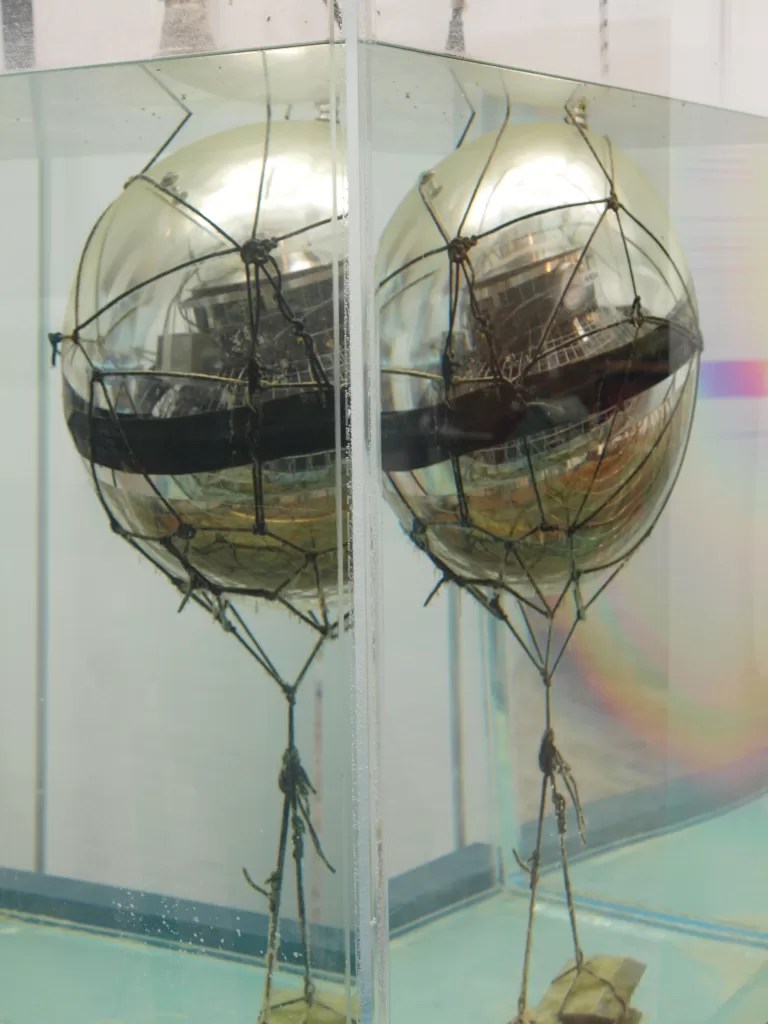
Twenty Twenty-Five
inquiries.chi.ltd@proton.me
+1 337 01001101 01100001 01100100 01100101 00100000 01101111 01101110 00100000 01000101 01100001 01110010 01110100 01101000 00100000 01110111 01101001 01110100 01101000 00100000 01101100 01101111 01110110 01100101 00101110.

